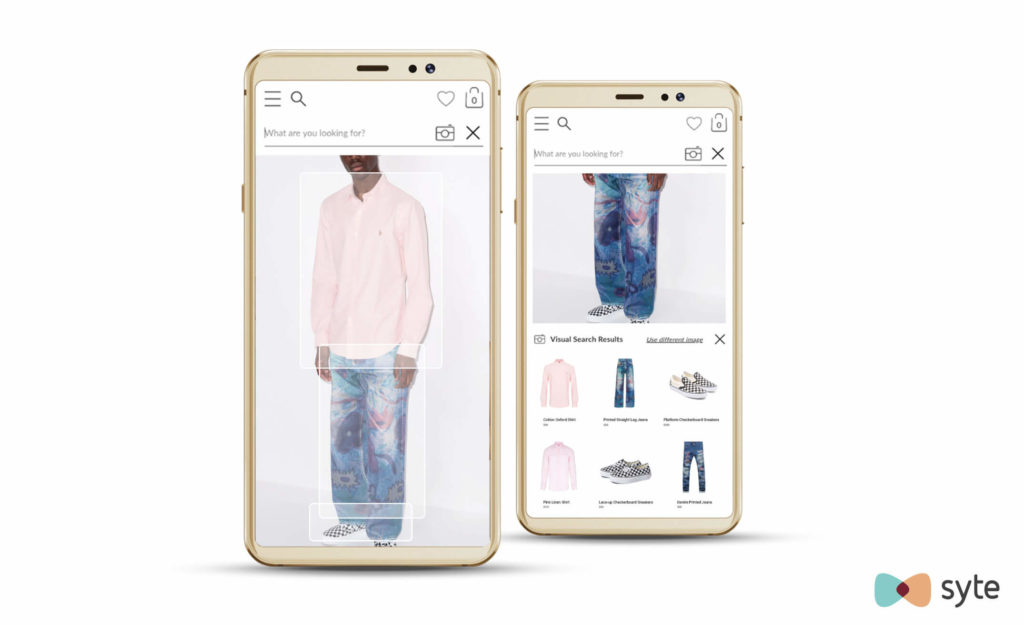Image recognition, a subcategory of computer vision and artificial intelligence (AI), refers to the ability of a computer to identify and draw conclusions from objects, places, writing, people, and actions in images or videos. For it to work, image recognition technologies are used in combination with a camera and AI software.

Depending on the type of information needed, image recognition can perform at different degrees of accuracy, from detecting a specific element to assigning an image to a large category. In particular, the tasks that it can implement include the following:
- Detection locates an object in an image.
- Segmentation is similar to detection but is more precise, locating an element on an image to the nearest pixel. An application is performing image content search and guiding autonomous cars.
- Classification identifies the category to which an image belongs.
- Tagging recognizes the different elements within an image and then assigns one or more tags to the image. An application is labeling the content of product images with meta-tags in eCommerce.
 An example of image recognition use case on yestersen’s visual search engine
An example of image recognition use case on yestersen’s visual search engine
How Does It Work?
Software and algorithms that enable computers to perform image recognition require deep machine learning. Image recognition tasks are power-hungry and compute-intensive so convolutional neural net processes are often used to achieve the best performance.
In addition to the neural network that processes every pixel of an image, the algorithms are trained on millions of pre-labeled data with guided computer learning. The aim is to “teach” them how to recognize similar images. The next step is to feed in images that are not in the training set to improve the accuracy of predictions.
Examples of Image Recognition in eCommerce and Retail
The applications of image recognition technologies in retail and eCommerce can range from optimizing backend operations to enhancing the customer experience.
- Visual search. For consumers who are not familiar with the right term to search for, they can simply upload a style inspiration. Image recognition enables the visual search engine to surface similar products to the objects in the uploaded image.
- Automatic product tagging. Image recognition can allow brands to speed up the process and decrease the cost of tagging visual assets. It identifies the minute details of product images and assigns detailed tags. The robust tags are what power augmented site search, intuitive website navigation, faceted search, and recommendation engines that improve the online shopping experience.
- Shelf management. In brick-and-mortar retail, it can help optimize store shelves by detecting empty shelves and finding out the most optimal product placements based on consumer behavior and market data.
- Interactive marketing. Promoting omnichannel retail, brands can leverage shoppers’ real-time interactions with visual content on the website or behavior in-store to personalized product offers and campaigns. With the right infrastructure, the data gathered and analyzed can help to improve personalization across the customer journey.